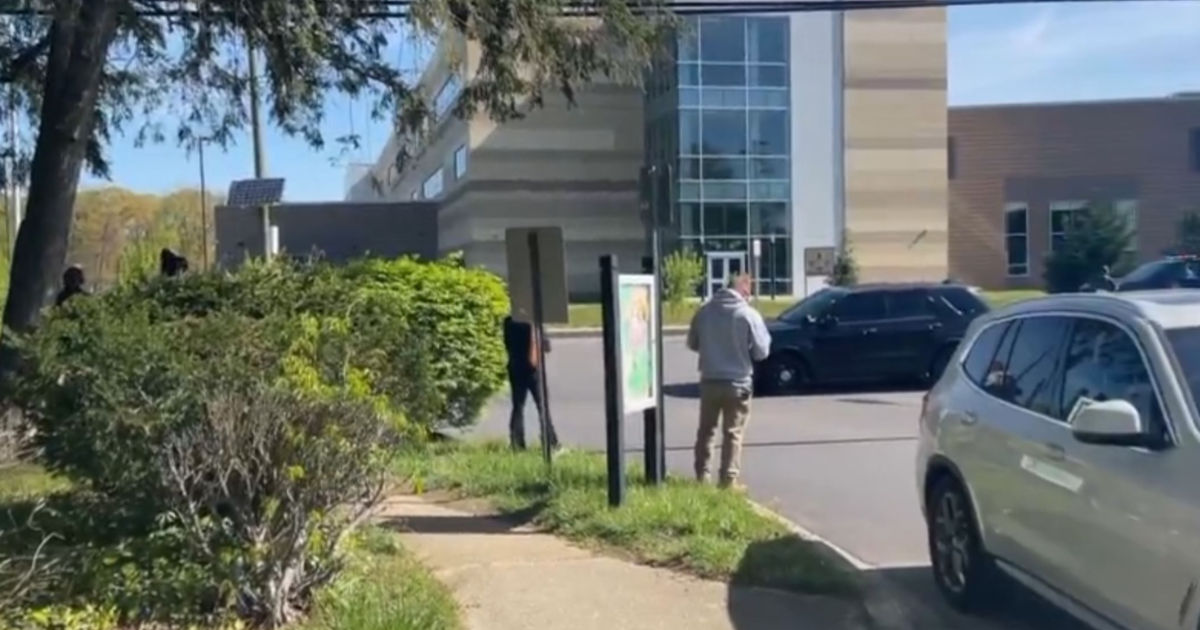Baltimore Radiologists Can Expect Increasingly Steady Job Growth
The Bureau of Labor and Statistics reports that careers in radiology are projected to grow 21 percent by the year 2022. This is significantly higher than the average rate for job growth across the board for all occupations. Reasons for growth in radiology sectors are directly attributed to the increasingly rapid development of new technology for imaging and diagnosing specified conditions. Also, with the aging baby boomer population counting on more diagnostic and routine procedures, such as detecting cancer or having annual mammograms, the need for radiology specific professions will continue to see a rise.
In 2012, the Bureau of Labor and Statistics reported that 2,290 individuals worked in radiological careers in the Baltimore area. Furthermore, there are more than 60,000 new jobs in this field expected to see steady job growth nationally, according to Radiology Schools 411. Job growth has already been increasing at a steady rate. Different jobs in this field include radiology technologists, X-ray technicians, ultrasound technicians, MRI/CT techs and even medical professionals like nurses, respiratory and physical therapists affiliated with radiology practices and specialties.
Career options in radiology are projected to see growth in all the aforementioned fields, but radiographers who are trained in performing several other procedures, including CT (CAT) scans, MRIs and mammograms will have even more opportunities available to them, according to the Bureau of Labor and Statistics.
Baltimore is home to many noted radiologist centers and professional practices. Some of the highest employers in radiology locally include Advanced Radiology, Johns Hopkins, Mercy Medical Center, the University of Maryland Medical Center, Chesapeake Medical Imaging, Seton Imaging Center, United Radiology, Skeletal Radiology Service and American Radiology Service, Inc.
Becoming a radiologist typically requires obtaining an associate degree from an accredited program. These programs can generally be completed within two years or less. Coursework in the state of Maryland typically consists of standard radiological procedures, imaging equipment maintenance and operation and advanced radiology. Other specializations in this field may require more areas or study and advanced degrees as well.
According to the American Registry of Radiologic Technologists (ARRT), most states also require completing and passing a national exam for licensing. Maryland is among those states that require the exam. Licensed radiologists are also required to take 20 hours of continuing education within a two-year timeframe.
There are a number of radiological programs available throughout the state. Some local colleges offering accredited programs of study include Anne Arundel Community College, Fortis Institute, Community College of Baltimore County, Howard Community College and Notre Dame of Maryland University.
The median annual wage for radiologic technologists was $54,620 in May 2012. The median annual wage for MRI technologists was $65,360 in May 2012. In Baltimore, the median annual salary is at $66,580.
Laura Catherine Hermoza has a lifelong love for writing. In addition to serving as a contributor to various media publications, she is also a published novelist of several books and works as a proofreader/editor. LC resides in Baltimore County.



